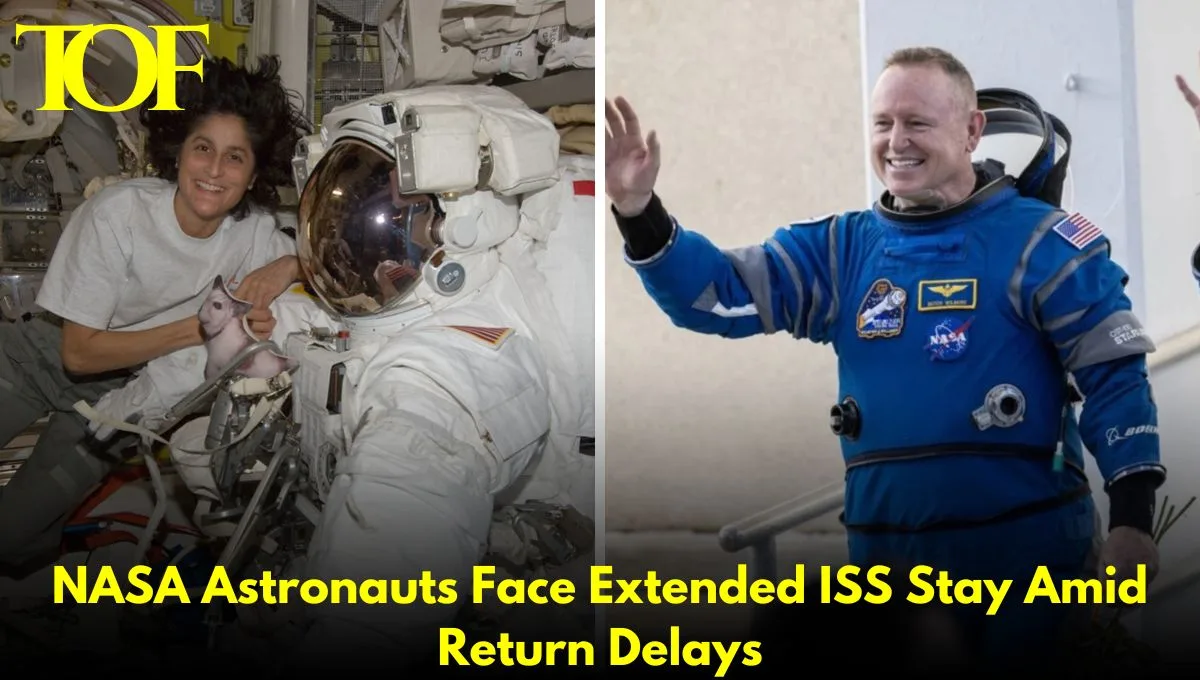NASA astronauts Sunita Williams and Barry Wilmore, who arrived at the International Space Station in June, will stay in orbit at least until late March. The two astronauts, who were originally scheduled to stay on the ISS for an eight-day mission, have now spent nearly 10 months aboard the ISS because of delays in their return flight.
The delay, announced by NASA on Dec. 17, gives time to build a new SpaceX Crew Dragon spacecraft to replace the one now in orbit. “The manufacturing, testing, and integration of a spacecraft is an exacting process,” Steve Stich, NASA’s Commercial Crew Program manager said, referring to it as a “painstaking endeavor.”
The Crew Dragon spacecraft is part of SpaceX’s growing fleet. It is due to reach its Florida processing facility in January, with a launch date now set for late March. The mission, called Crew-10, will carry NASA astronauts Anne McClain and Nichole Ayers, JAXA astronaut Takuya Onishi, and Roscosmos cosmonaut Kirill Peskov to the ISS. Their arrival will allow the return of Crew-9, which includes Wilmore, Williams, and others.
NASA made the move following an unplanned return by Boeing’s CST-100 Starliner earlier this year as a result of an error in the thrusters. Although the Starliner was not carrying any astronauts, NASA had made adequate emergency provisions for Wilmore and Williams on the ISS since they were staying longer.
The delay brings out the complexities of modern space travel as NASA tries to balance the schedules of missions and ensure safety. The prolonged stay has continued Williams and Wilmore’s ISS duties and shown resilience and adaptability for space exploration.
Logistical challenges will come to an end with the Crew-10 launch, ending another chapter in NASA’s collaboration with private spaceflight companies like SpaceX.
To Read More: Technology

